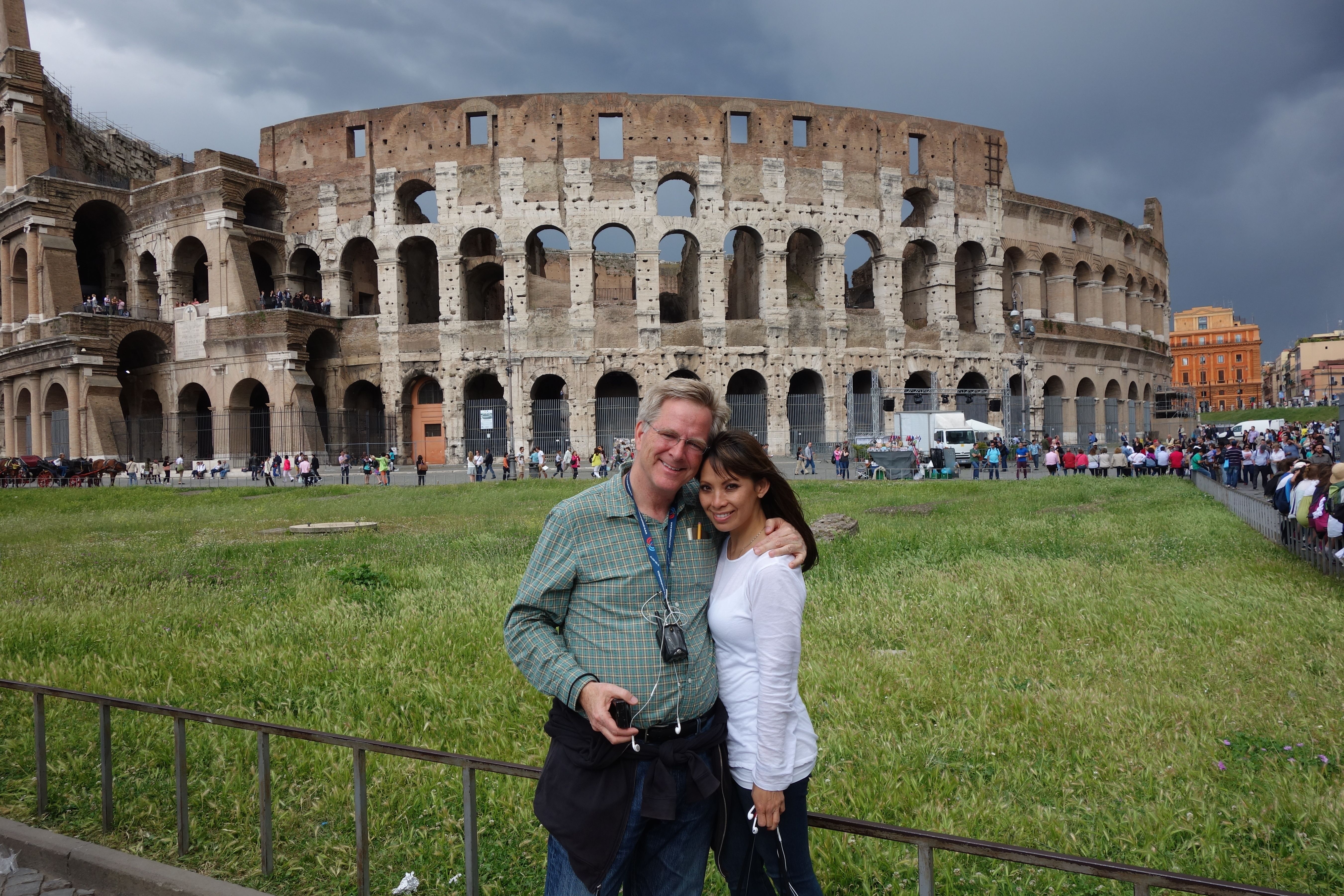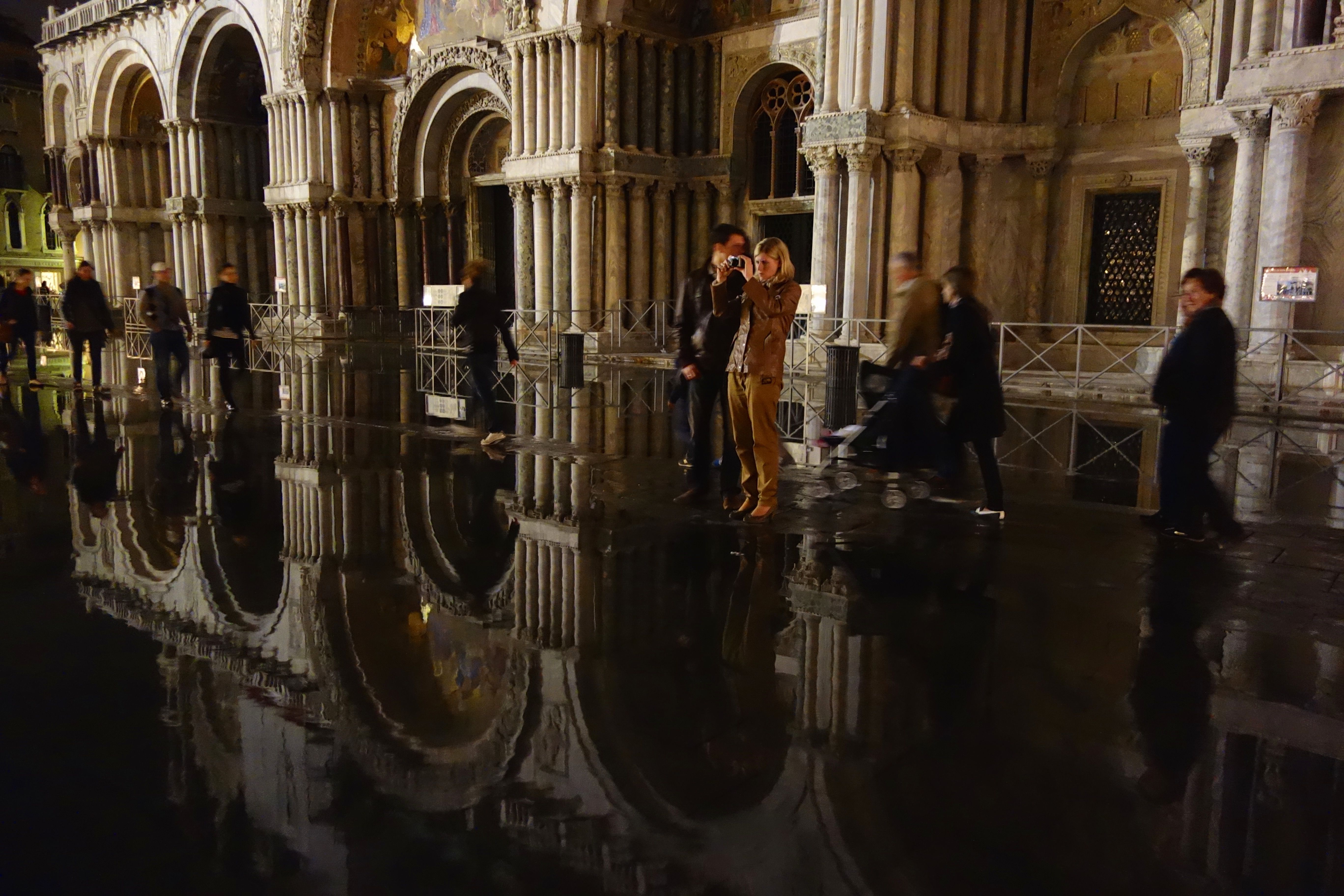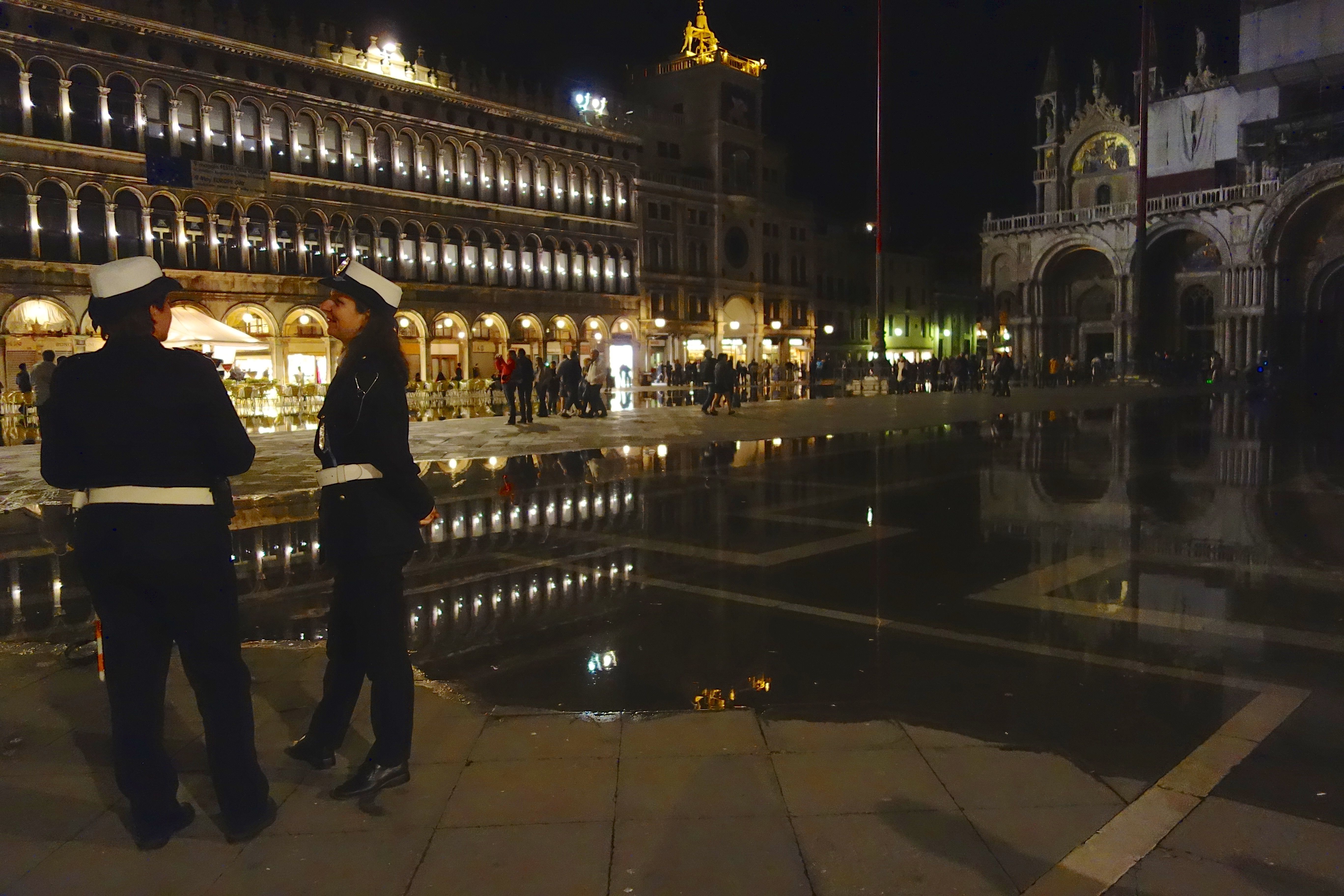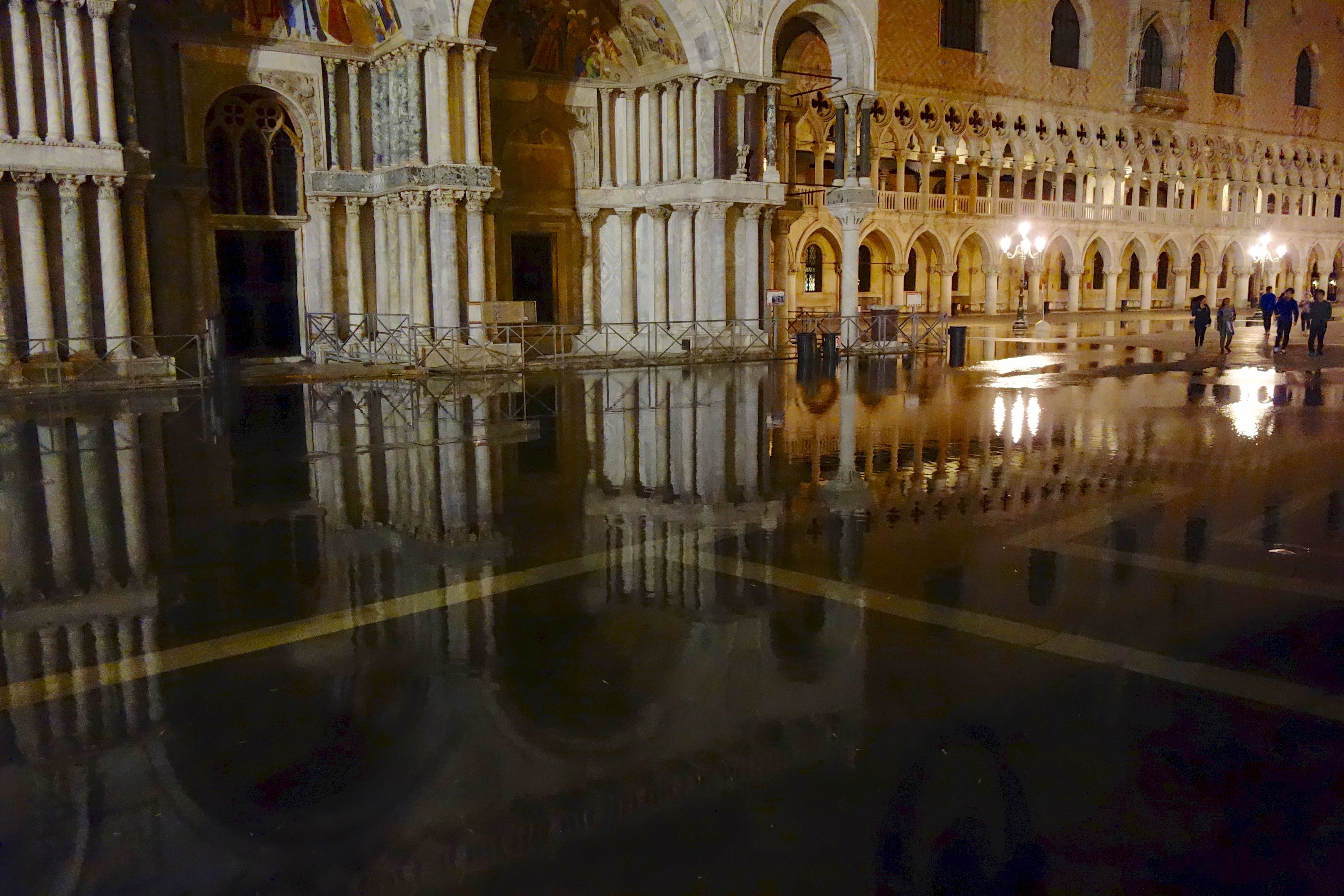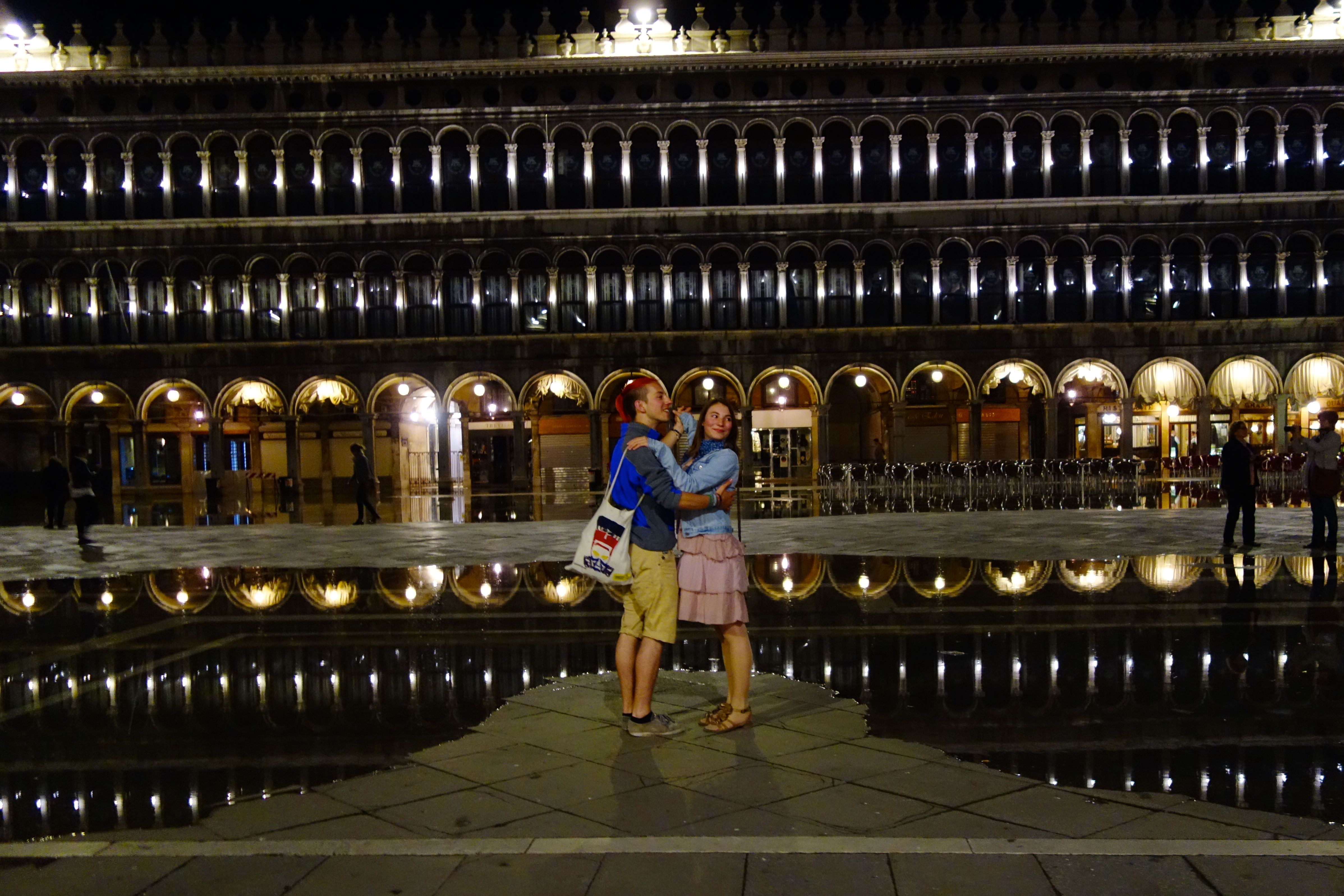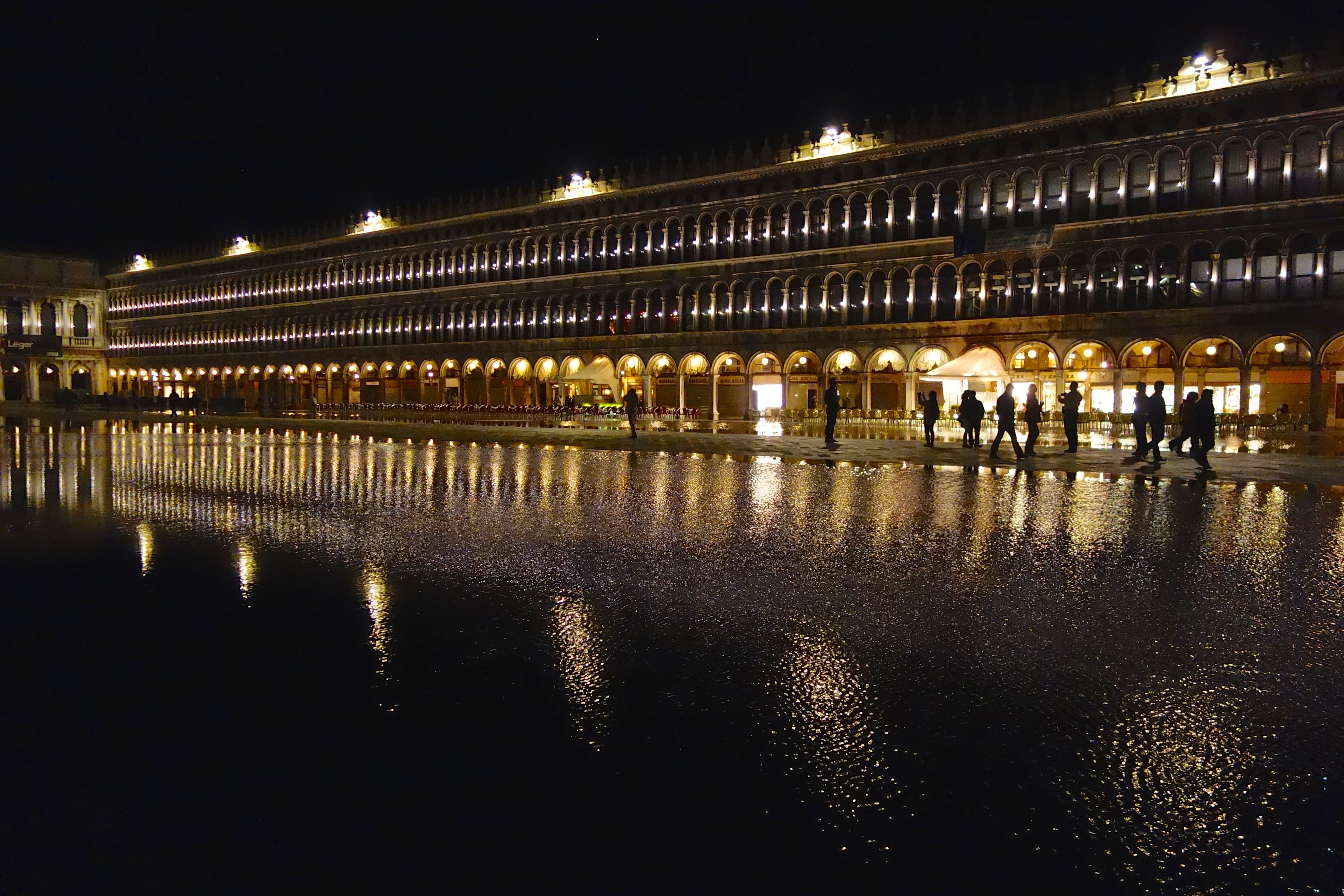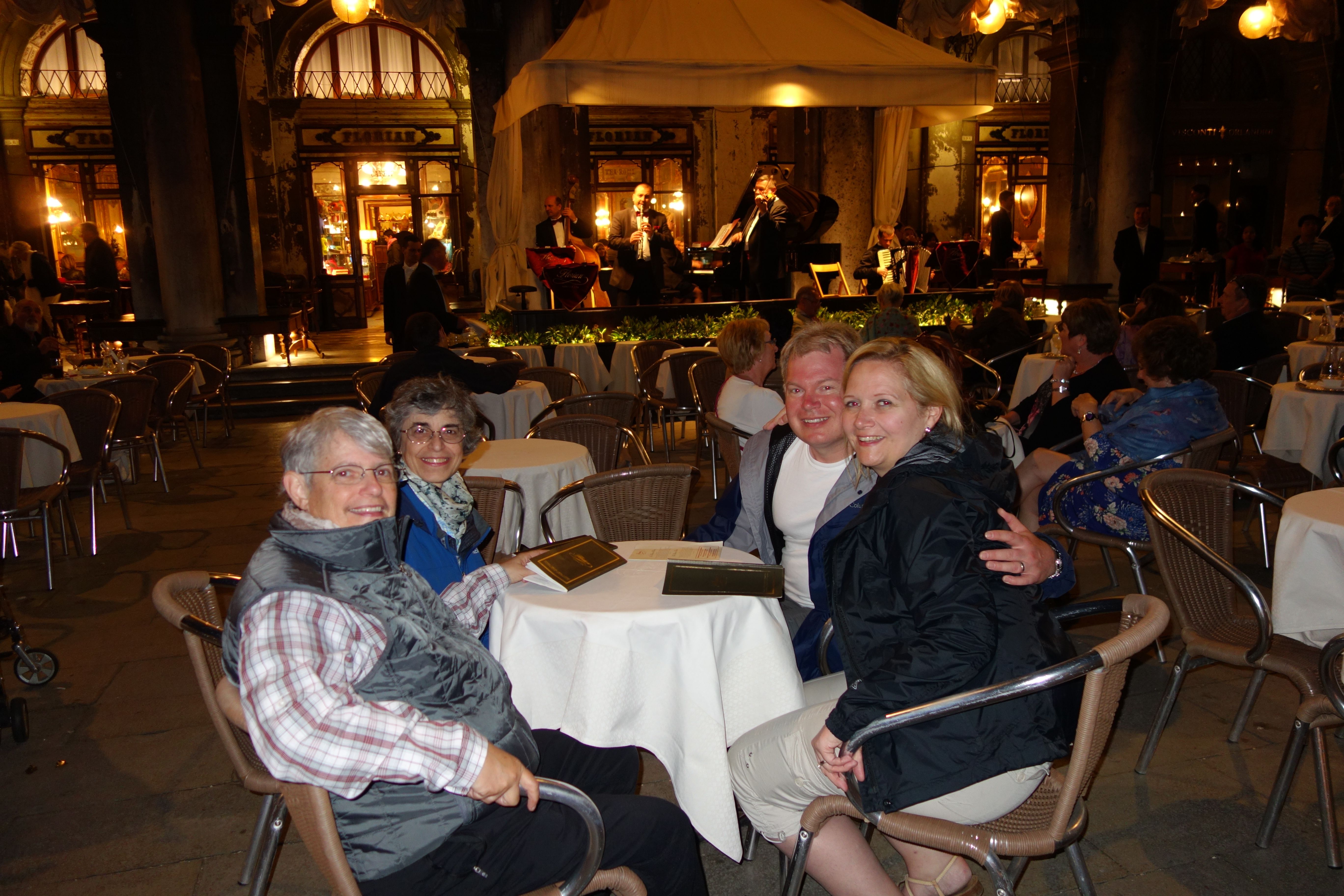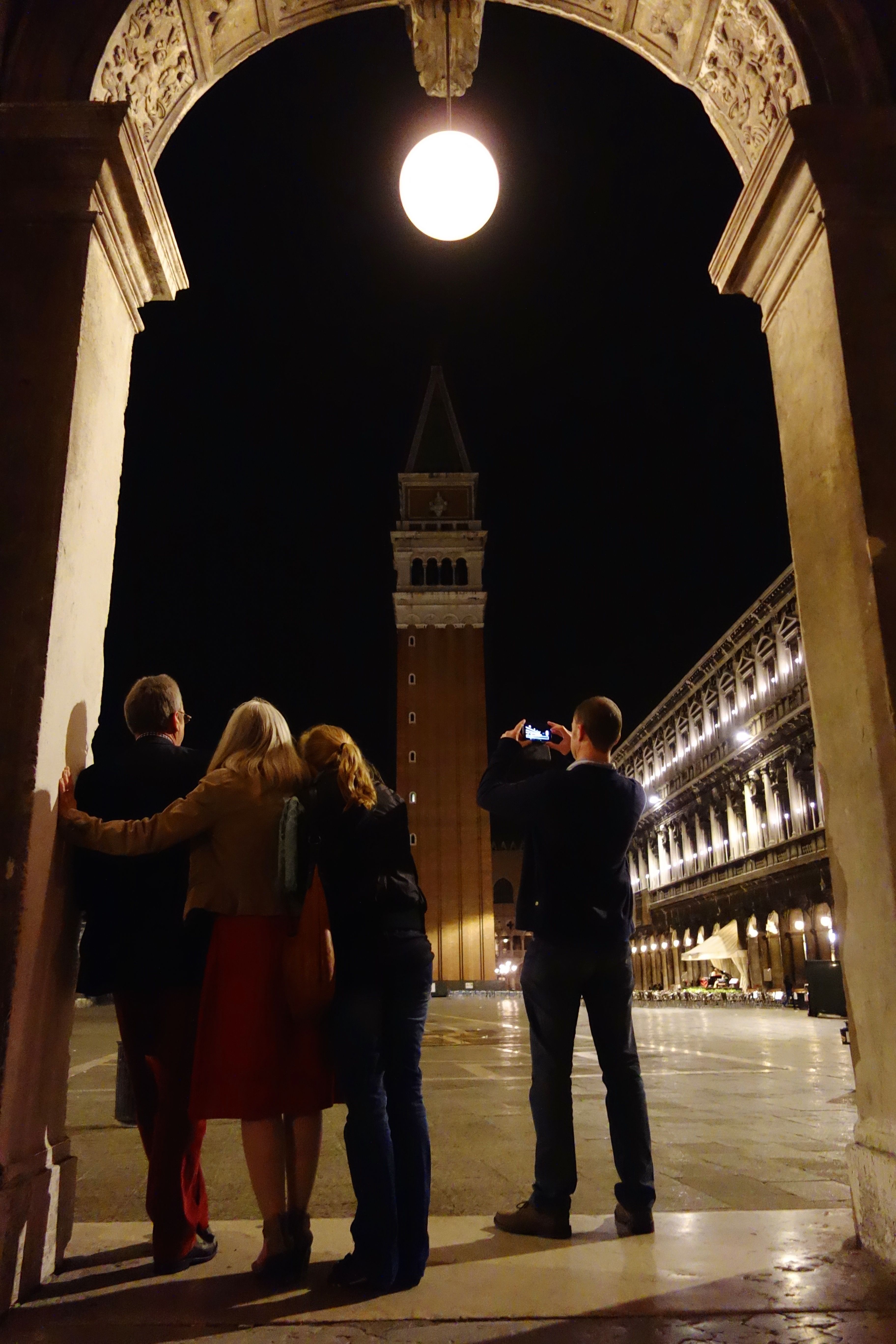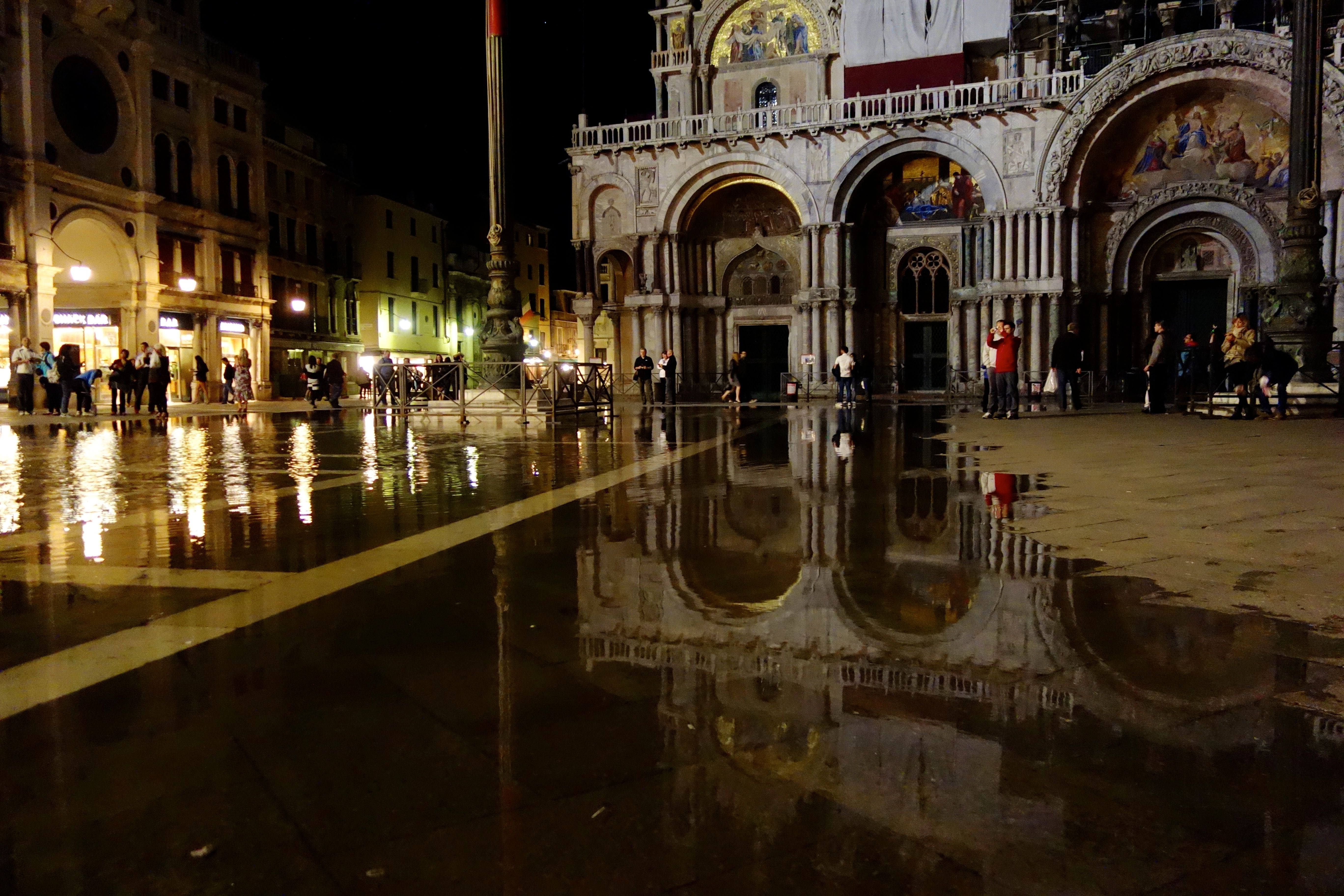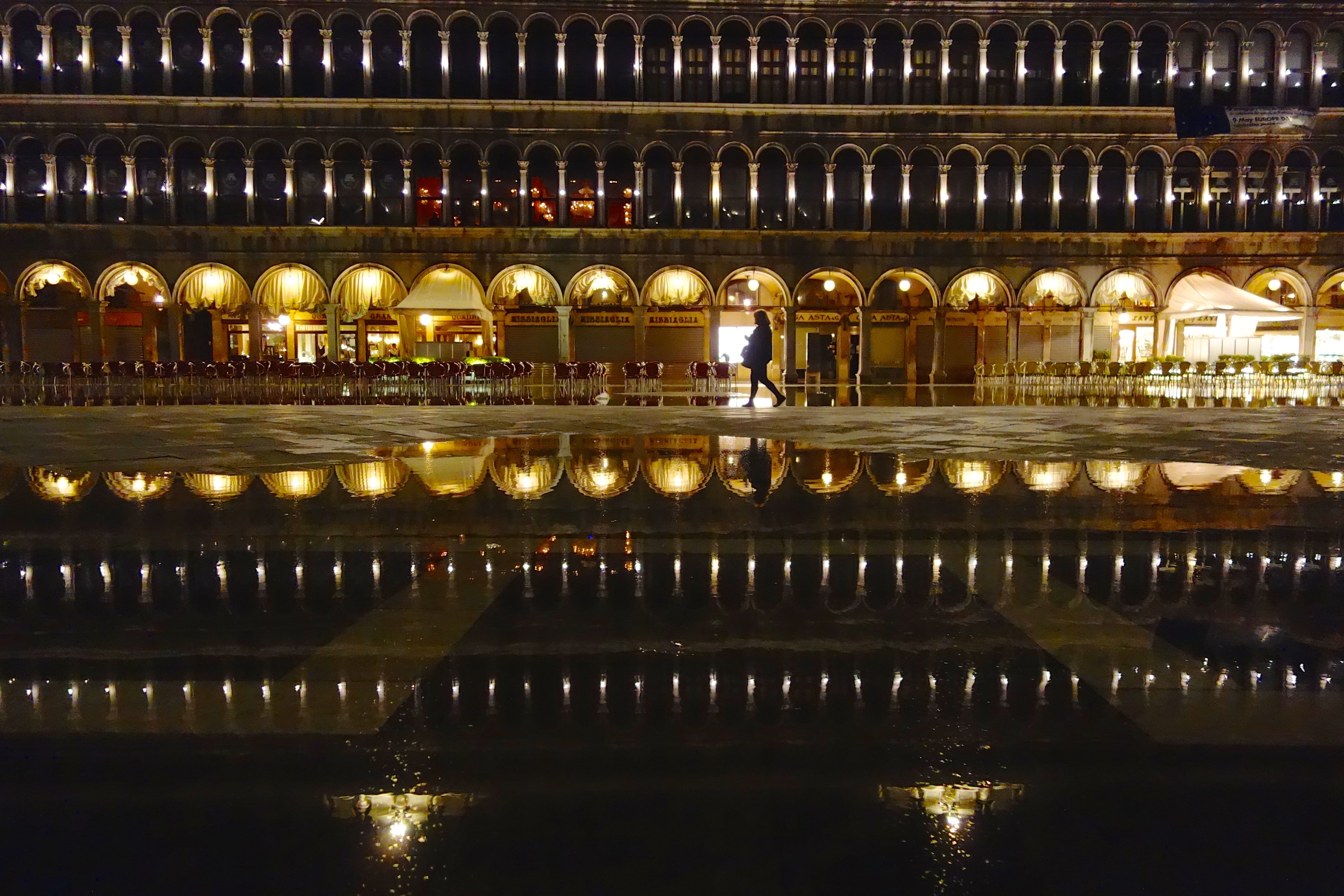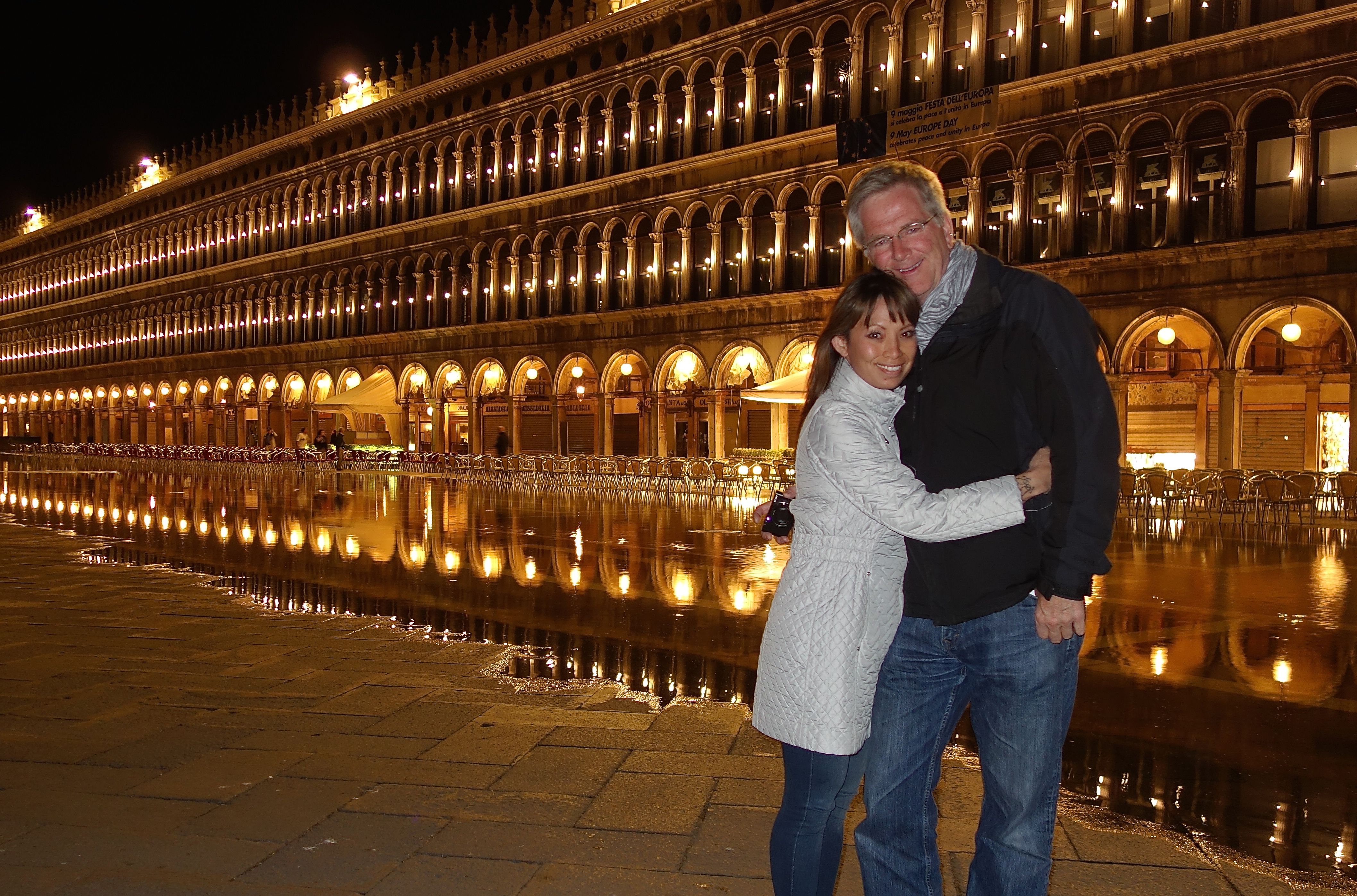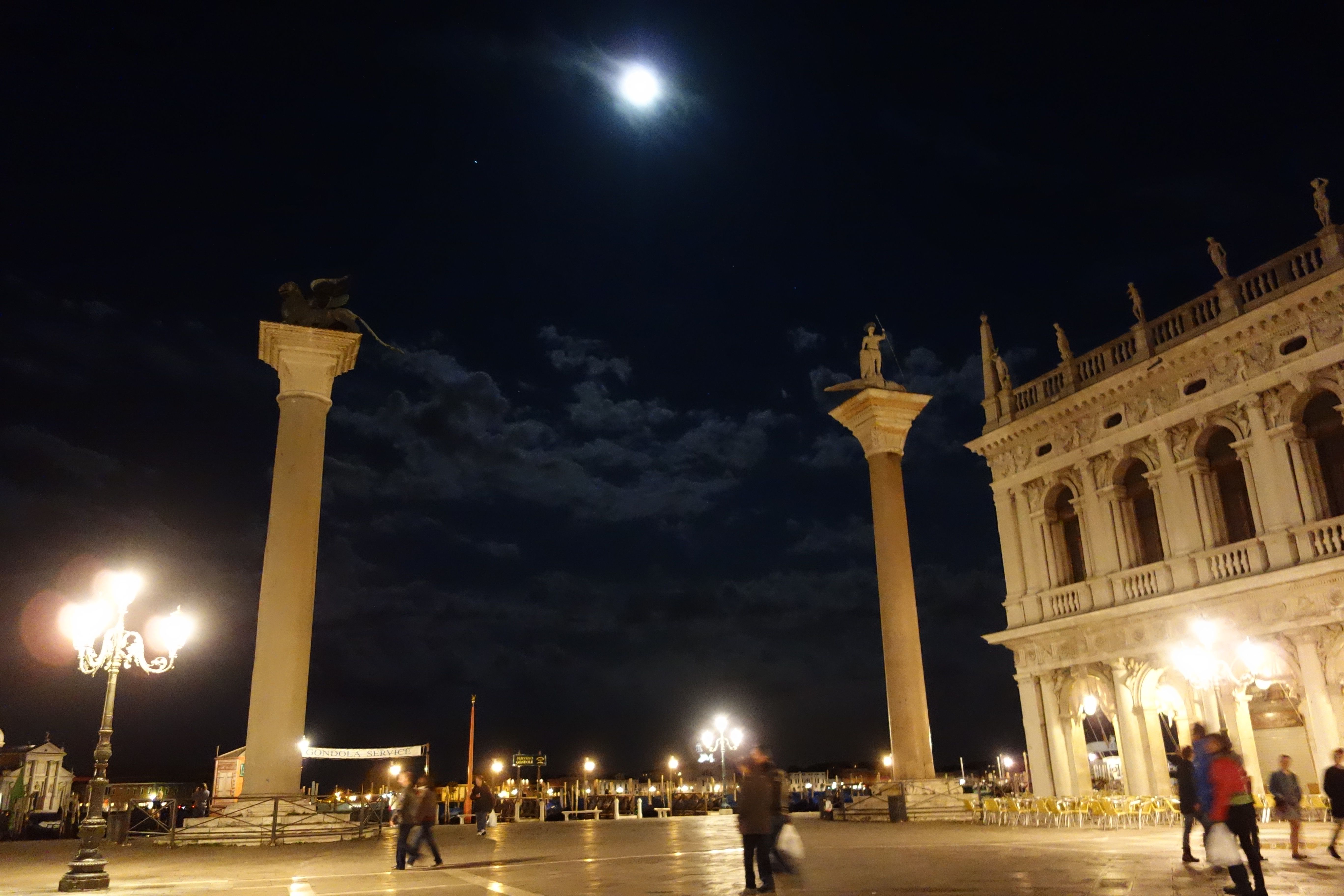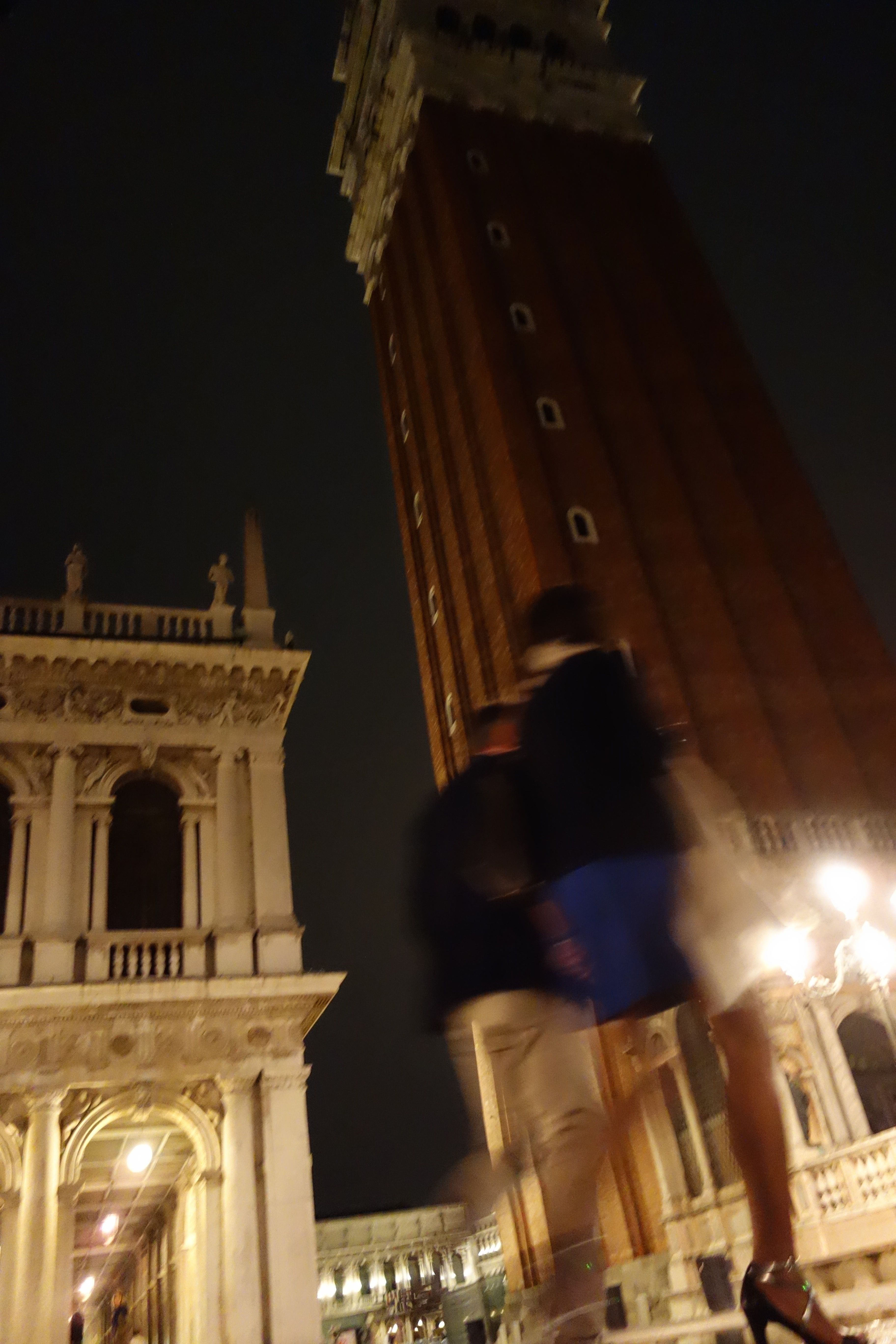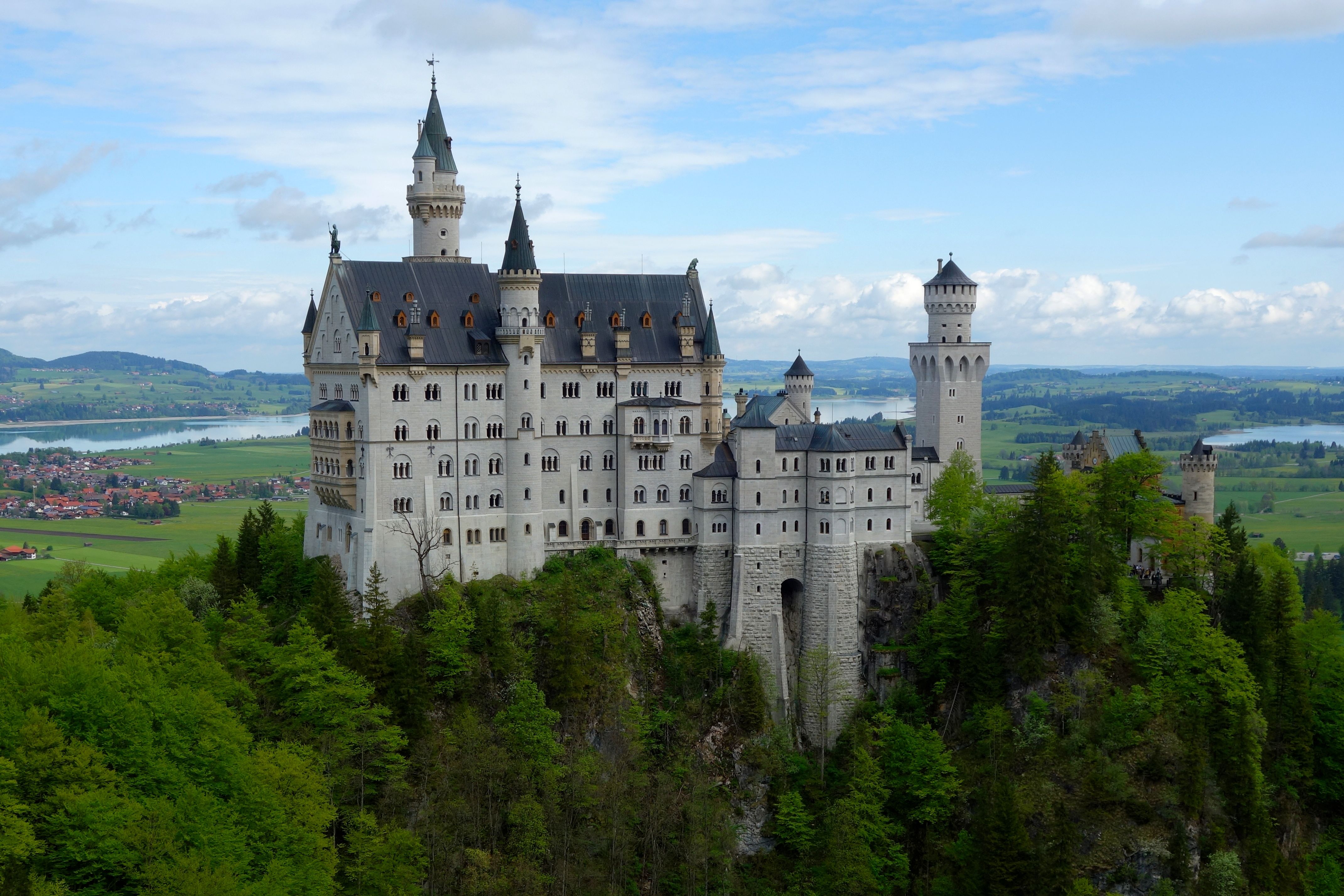For 21 days, Rick and I are tour members on one of his own tours: the Best of Europe. We’re trying to combine vacation with quality control and research. And it’s going great! Join us as we traipse from the Netherlands to Germany, Austria to Italy, and Switzerland to France with a terrific tour guide and 26 wonderful fellow tour members.

Switzerland may have some of the wealthiest banks, the hole-iest cheese, and the milkiest chocolate on the planet, but its greatest treasure is its natural beauty. Turquoise lakes of glacial waters snuggle up to emerald grass valleys, and alpine peaks covered in perpetual ice and snow dwarf humble villages. With every visit to the Lauterbrunnen Valley with one of our tours, I think to myself, “This never gets old.”
It was no different on this trip. And hearing the chorus of gasps, oohs, ahhs, and whoas ripple through our bus as we wound through the twisty landscape made me smile. It’s always fun for me to introduce people to this valley for the first time. Especially after experiencing the intensity of Italy’s great cities like Venice, Florence, and Rome, it’s a chance for all of us to take deep breaths, reconnect with nature, and reconnect with ourselves.

We made our temporary home in the tiny village of Stechelberg, where the cows outnumber the residents 10 to 1. The view from our balcony boasts 3000-foot cliffs and several waterfalls that fill our whole field of vision. And proud, white-top mountains reach 5000 feet higher towards a pristine blue sky.

Our whole group got an early morning start to climb 10,000 feet in a cable car. At the top of the Schilthorn, layers are a must because it can get bone-chilling cold this high up. On the precipice, a platform offers a 360-degree jagged-peak panorama. The Eiger, Mönch, and Jungfrau mountains look enormous and close enough to touch. Wherever you look, snowy mountains stretch upwards, and just beyond them, glimpses of distant lakes and lowland villages sit in quiet and still beauty.


With our fingers and toes getting numb, Rick and I headed inside to explore James Bond World, the brand new attraction featuring all things 007. This was, after all, where they filmed On Here Majesty’s Secret Service. We got into the cheesiness and loved it. We hopped in a bobsled and pretended to chase the bad guys, and we popped into the theater to watch the scenes that were filmed up here. It was an exercise in laughter control and really made us appreciate how far special effects technology has come in the last 50 years.
About a dozen of us were eager for a hike, so we made our way down by cable car to the village of Mürren for a quick lunch stop. We knew we’d need the energy for the next stage of our adventure. From there we huffed and puffed for the first twenty minutes of our North Face trail hike to Gimmelwald. The paths were steep, the air was thinner than what we were used to, and my heart felt like it was in overdrive.

The trail eventually leveled out, and we were treated to splendid landscapes that wound us past mountain huts, rushing streams, and wide fields. It was still cold enough to have snowball fights but spring-like enough to see flower blossoms flank the trails and grasslands that provide nourishment for local cows.


Routes were well marked so it was almost impossible to get lost, but once we got into the forest, we worked hard to avoid felled trees, slippery rocks, and gnarled roots that seemed strategically placed to trip us.

Along the way, the trickles of water we stepped over became little streams, and those streams converged to become a raucous waterfall named Sprutz. The path led us under its cascade. It’s one of 72 waterfalls that populate the Lauterbrunnen Valley. Passing behind the falls, I paused to listen to its roar, to feel the mist on my face, and to gaze beyond the curtain of water to the mountains in the distance. I felt alive, connected to the world around me, and grateful to be a part of it all.

After two hours of hiking, we finally made it into Gimmelwald. We stopped by Walter’s Mittaghorn Hotel, sat down at the outdoor tables, had some well deserved beverages, and enjoyed the scenery. There’s not much to do in this village, but simply relaxing and enjoying the moment is a fine art, and so easy to do here.

Most of our hiking pals took the cable car down to Stechelberg to get some rest. Rick and I decided to keep on hiking down, down, down back to our village. While I was grateful for the sturdy traction on my shoes, I soon regretted not having walking sticks. The steps were steep and irregular, and the shale was slippery. The trail required my full attention, leaving little opportunity to admire the impressive foliage, brooks, and trees that decorated this pathway. But when we finally reached the bottom, we were rewarded with a glorious view–the vast expanse of the Lauterbrunnen Valley. It made the wretched pain in my knees temporarily worth it.

We pressed on two hundred more yards because we knew a wonderful dinner awaited us. Otto, our hotel host and chef, taught us how to make his classic fondue, using his “Magic Powder”. And after all the hiking and Swiss excitement we had done, it was fun to embrace our inner Swissness with a traditional Alpine meal. The tasty bread dipped in wined-infused melted cheese hit the spot.
The altitude, the heavy meal, and my aching muscles had me yearning for sleep. But tired as I was, I wanted one last dose of nature before going to bed. Standing on the balcony, the snowy mountains were rimmed with the light of the moon. A soft breeze reminded me of the alpine meadows I had explored just hours earlier. Reflecting on our Swiss adventure, I closed my eyes, took a deep breath, and exhaled, “Thank you.”














